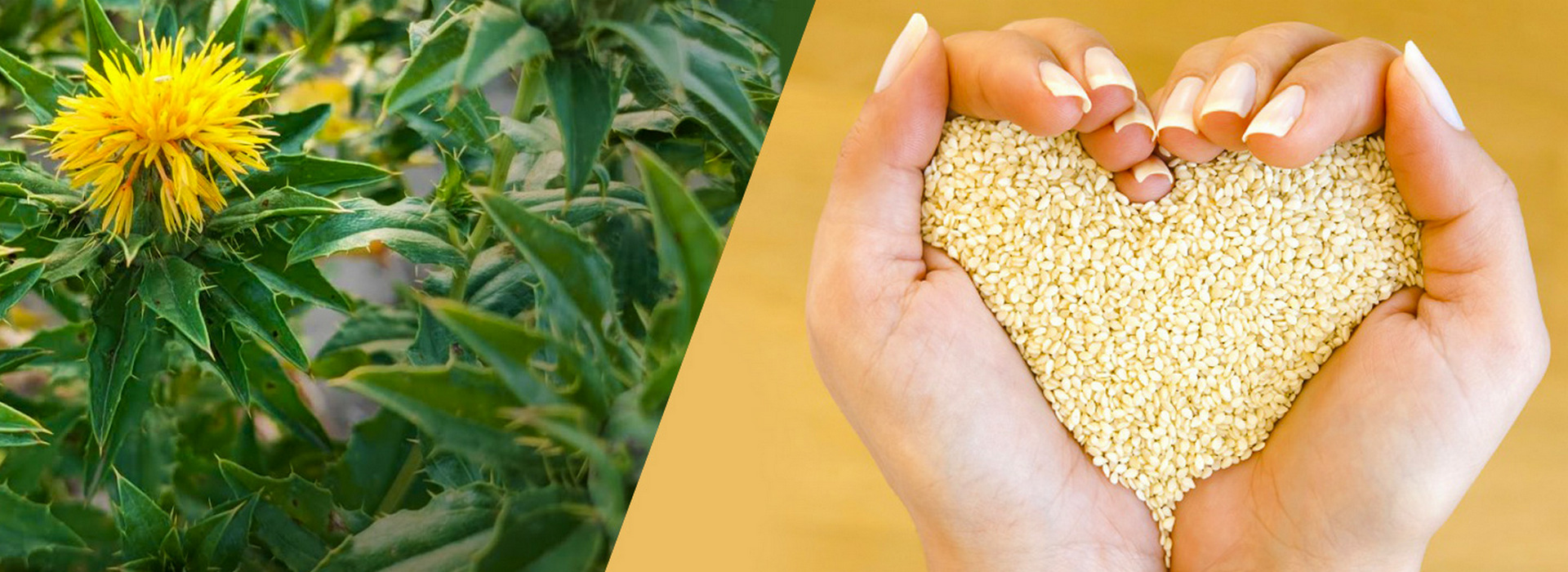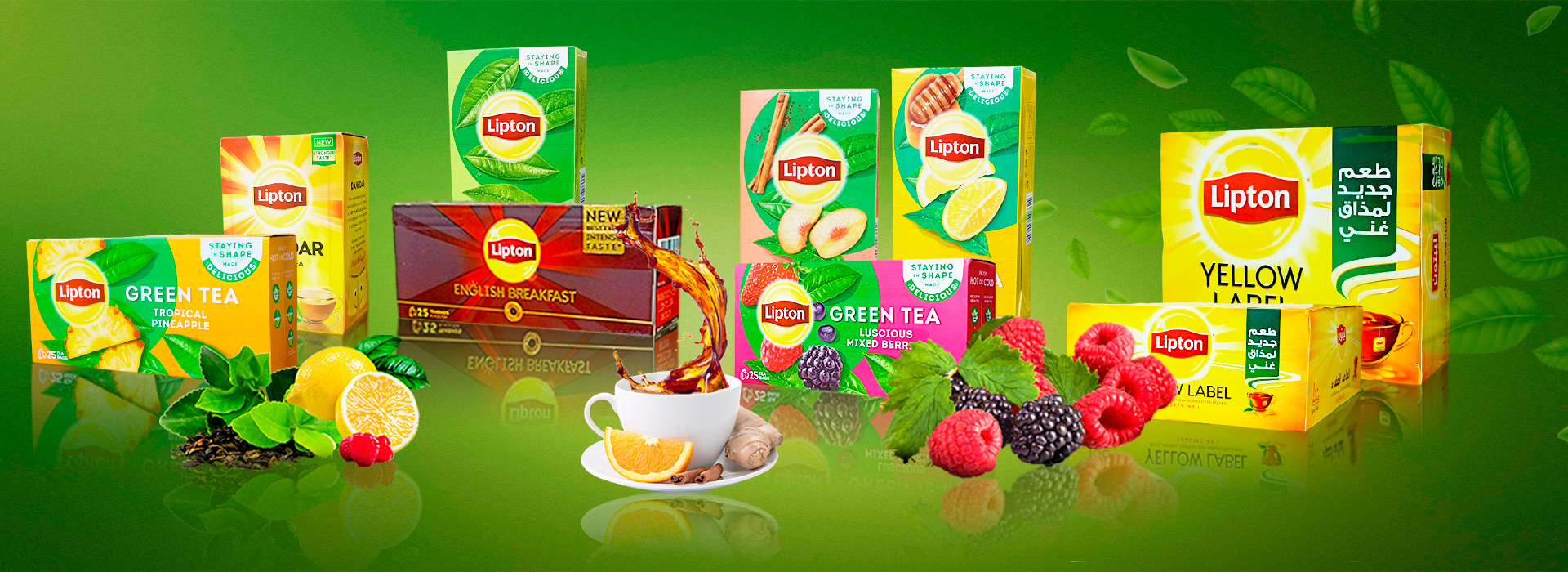The benefits of sesame
The benefits of safflower
Using sesame seeds
Bakery products
Bakery products are one of the main human foods. Special varieties of bakery products include lamb products. One of the factors in reducing the volume of production and sale of bagels is also the loss of their consumer properties during storage (reducing swelling and odor intensity, increasing strength), including the lack of functional products that meet the modern concept of nutrition. In this regard, there is a need to improve the technology of bagels of improved quality and functional purpose.In our studies over the years, we studied the effect of peanuts, sunflower seeds, sesame seeds, walnut kernels on the quality of butter and egg bagels. The use of peanuts, sunflower seeds, sesame seeds, walnuts is due to the high biological value of these products: high protein, unsaturated fatty acids. The dough was kneaded in a coupled way, all additives were added to the dough in grated form. In addition to additives, the technology for making bagels did not differ in options. In the first study, bagels were optimal in all respects using 10% peanuts to the mass of flour. The taste of bagels turned out with a tangible taste of peanut kernels and a pleasant aroma of nuts.In the second study, the best products were obtained using 4% sesame seeds to the mass of flour. Physico-chemical characteristics of finished products in connection with the use of high-oil seeds did not deteriorate. Nutritional value has improved due to an increase in protein and an increase in unsaturated fatty acids. Thus, in order to expand the assortment, improve the nutritional value of the product in the production of butter bagels, it is possible to use grated peanut kernels in the amount of 10% by weight of flour, and in the production of bagel of sesame seed eggs in the amount of 4% by weight of flour.


Confectionery production
Information on the prospects of using black sesame seeds for enriching confectionery with calcium for the prevention of hypocalcemia is presented. The chemical composition of black sesame and methods for reducing phytic acid have been studied. Confectionery products such as Shemakhan mutaki with various dosages of black sesame seeds have been developed. An assessment of the quality of the products obtained.
Good to know: Sesame seeds are used for breading, added to salads, pastries. They give the food a nutty flavor and a delicate aroma. In addition, sesame is very useful: it contains polyunsaturated fatty acids, vegetable proteins, and iron. Sesame surpasses the majority of products in calcium content, including many types of cheese. It contains vitamin B1, B2, PP, as well as a large amount of fiber. Ingredients: Sesame seeds Weight: 0.15 kg Energy value: 573 kcal Storage mode: In a dry place Shelf life: 3 months Proteins: 19.4 g g / 100 g Fats: 48.7 g g / 100 g Carbohydrates: 12.2 g g / 100 g Max storage t: 25 C
Production of oil products
Sesame oil (or another name sesame oil) – vegetable oil, which is made from the seeds of the plant Sesamum indicum (sesame, sesame). This oil contains many trace elements and polyunsaturated fatty acids. The shelf life of the oil can reach 9 years, which is possible due to antioxidants in its composition.
Sesame oil has many medicinal properties, so it has several areas of application: in medicine, cosmetology, confectionery and pharmaceuticals. Also used in the production of lubricants, solid fats and other products.


Food production
In the process of human aging, the functional activity of all parts of the digestion decreases: the chewing apparatus, esophagus, stomach, pancreas, liver, and intestines. As a result of violations, incomplete digestion of proteins, fats, carbohydrates occurs, and from here – a chronic deficiency of essential nutrients and metabolic disorders in organs and tissues
This makes it necessary to properly adjust the nutrition of people in old age, providing their body with the necessary amount of nutrients, including calcium, the deficiency of which plays a decisive role in the onset and development of such a disease as osteoporosis.
Sesame seeds should be considered as one of these additives.
Sesame is a Pancake week plant cultivated in India, Azerbaijan, Afghanistan, North Asia, Ukraine and the Krasnodar Territory. Sesame seed is one of the oldest seasonings known to man. Sesame seeds contain about 65% oil, unsaturated fatty acids. Sesame is rich in calcium, iron, vegetable proteins, vitamins: retinol, thiamine, riboflavin; lecithin and other healthy nutrients.
Sesame seeds have a nutty, sweet flavor that intensifies when frying. Fried, crushed sesame seeds can be used in a wide variety of dishes: from salads to pastas. Sesame is also used to add texture and taste to various breads, rolls, crackers and salad dressings.
Unfortunately, sesame is not very popular in our country, and is best known as a component of halva, especially “tahini”. For its preparation, as a basis, a tahini mass is used – mashed sesame seeds. At the same time, sesame seeds in the food market are all year round and are affordable.
Production of medical devices
Sesame is one of the oldest cultivated plants, the seeds of this oilseed have been used in the world for about 5000 years. The medical history of sesame dates back to Ancient Egypt when it was included in the Ebers papyrus (1), as a plant favored by medicine. In addition, the women of Ancient Babylon, as archaeologists believe, used a mixture of honey and sesame (havla) to prolong youth and beauty, and Roman soldiers ate a mixture for vitality and energy.
Sesame oil – a strong antioxidant, serves as an ultraviolet filter, absorbing harmful rays to the body. This property makes it possible to use oil for sun protection. Rich in antioxidants and phytosterols, sesame oil prevents premature skin aging, including those associated with excessive exposure to sunlight or hormonal imbalances. It helps to get rid of acne spots, various skin irritations, accompanied by its redness, peeling or inflammation. It is used to enhance the metabolism of fats and restore the protective functions of the epidermis.









